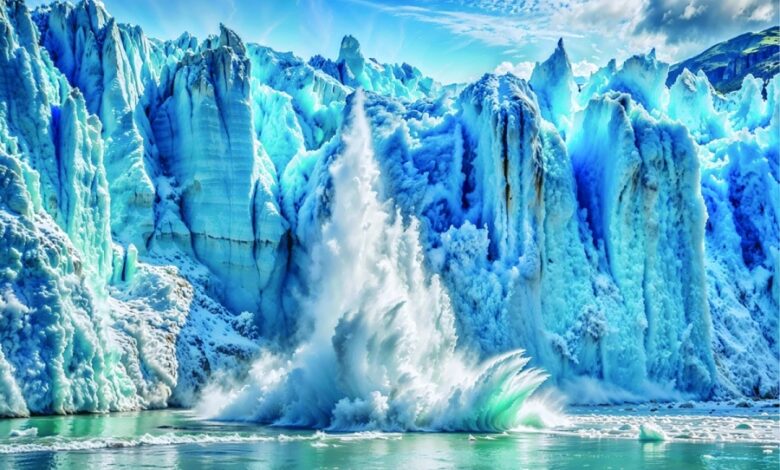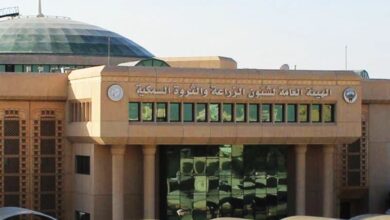
At a groundbreaking conference held at Cambridge University, scientists and engineers gathered to discuss over 60 bold technological solutions aimed at slowing the melting of polar ice — a crisis accelerating as the Arctic warms four times faster than the global average.
Led by Arctic expert John Moore, the June 2025 summit seeks to narrow the list down to ten viable technologies for real-world testing.
Among the most promising ideas are:
- Marine Cloud Brightening: A top contender, this technique uses AI-controlled sprinklers to spray seawater into the atmosphere, enhancing cloud whiteness to reflect sunlight. It’s considered safe and reversible.
- Space Mirrors: Large orbital mirrors that reflect solar radiation before it reaches Earth. Although ambitious, this approach demands complex international cooperation and precise engineering.
- Sea Curtains: Subsea barriers made from high-tech materials to block warm ocean currents from melting glaciers. These curtains would be embedded with sensors to monitor underwater conditions.
- Stratospheric Aerosol Injection (SAI): Highly controversial, this involves spraying sulfate particles into the stratosphere to cool the planet—an idea likened to volcanic cooling but fraught with ethical and environmental concerns.
Dr. Sean Fitzgerald of Cambridge’s Centre for Climate Change emphasized the urgency: “We must weigh the risks of action against the risks of inaction.” He warned that ignoring these solutions may be more dangerous than cautiously testing them.
Some projects, like pouring water over ice to promote refreezing, have already begun. Others, such as altering ocean currents or building floating tunnels for wildlife, have been discarded due to excessive risk or impracticality.
Currently, cloud brightening is gaining momentum as the most feasible and controllable solution. The British government has pledged millions of pounds for field trials to begin this year.
The conference marks a critical moment in the global effort to preserve polar ice—and prevent catastrophic sea level rise.












